100 watts of mosfet magic! These amplifiers can be purchased direct from the manufacturer here.
HiFi power amplifier design is a interesting and often infuriating set of compromises. On one hand, you need the speed, precision and control of a fencing foil (to use a sword fighting analogy, with the power and sheer damage causing ability of a two handed Claymore. Normally the first choice available to the designer is down to the output devices available, and works backwards from there. The P6-100M is no different.
Conventional power amplifiers use multiple arrays of output devices paralled up to achieve the output power. A typical device might have a maximum power rating of 150W, and a maximum current of 20A. So using these to give you a 100W amplifier, you have to consider using four pairs. Now, its been our experience that paralleling any active device while attractive from a specification aspect, always seems to have a sonic cost when the result is used to play music. The solution to this problem, of getting high power without multiple output devices is now available thanks to the semiconductor industry.
The requirement for high power devices for the power transmission industry had lead a number of manufactures to produce very high power parts. For example, a single device that can handle 100A, with a maximum power on the right side of 900W. Suddenly those parallel devices don’t seem required. In the past high power devices have been available, but internally they are actually just multiple lower power devices in parallel, so no real advantage to us. But now there are true single die high power mosfets available, and even better, they are available in complementary pairs so we can make a truly balanced amplifier output stage, and better yet, they are specified for linear use, so we are not going to have any unexpected failures along the line. What more could we (as designers) want?
Well, in truth, there are always downsides, its not all good news. As well as having these great power handling numbers, they also come with a problem, they are hard to drive. So the problem now switches to the stage before the output stage.
But again, there is a answer. Use a smaller power amplifier to drive them. So that’s just what we do in the P6-100M. Each one of the pair of output devices for each monoblock, is itself driven by a smaller push pull amplifier constructed (of course) by using a single pair of smaller output devices. Each half of the output stage is itself driven by a push pull amplifier. So its “Push (Driven by Push, Pull), Pull (Driven by Push, Pull)”. So thats six P’s, thats why this amplifier is called the p6. And the 100M, well its a 100W monoblock. The original P6, was a 200W monoblock that was the parent that produced this offspring.
Once we had that output stage working well, we were back in the land of normal analogue hifi design, and the rest of the amplifier came together. Low distortion, high power, high damping factor, high capacity power supply (remember those devices with their 100A capacity, we need to allow them to do their thing), as large a UK wound audio power transformer as we can fit in the case. Heatsinks large enough to allow the amplifiers to provide their full power while running cool at the same time as being biased into class A operation. Non ferrous casework to avoid magnetic interaction between the case and the signal. Extra care has also been taken in the design to manage thermal memory effects. These are also known as “history” effects, where the passing of a previous signal affects the current one. The removal of these effects is part of the reason that the following was written about them: “Did I mention that this is an exceptionally fast amplifier with particular attention to detail and accuracy.
And so that’s how we got to the P6-100M monoblock amplifier. And we are rather proud of the end result.



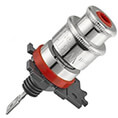




















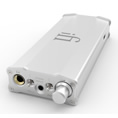
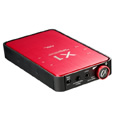
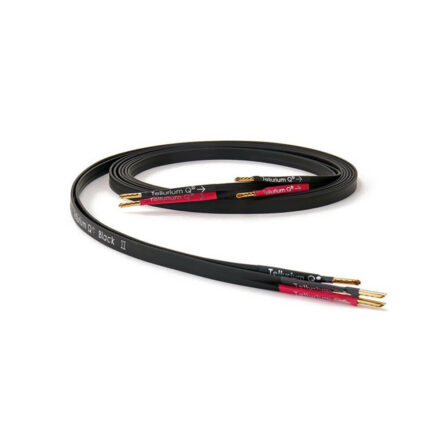





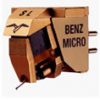
















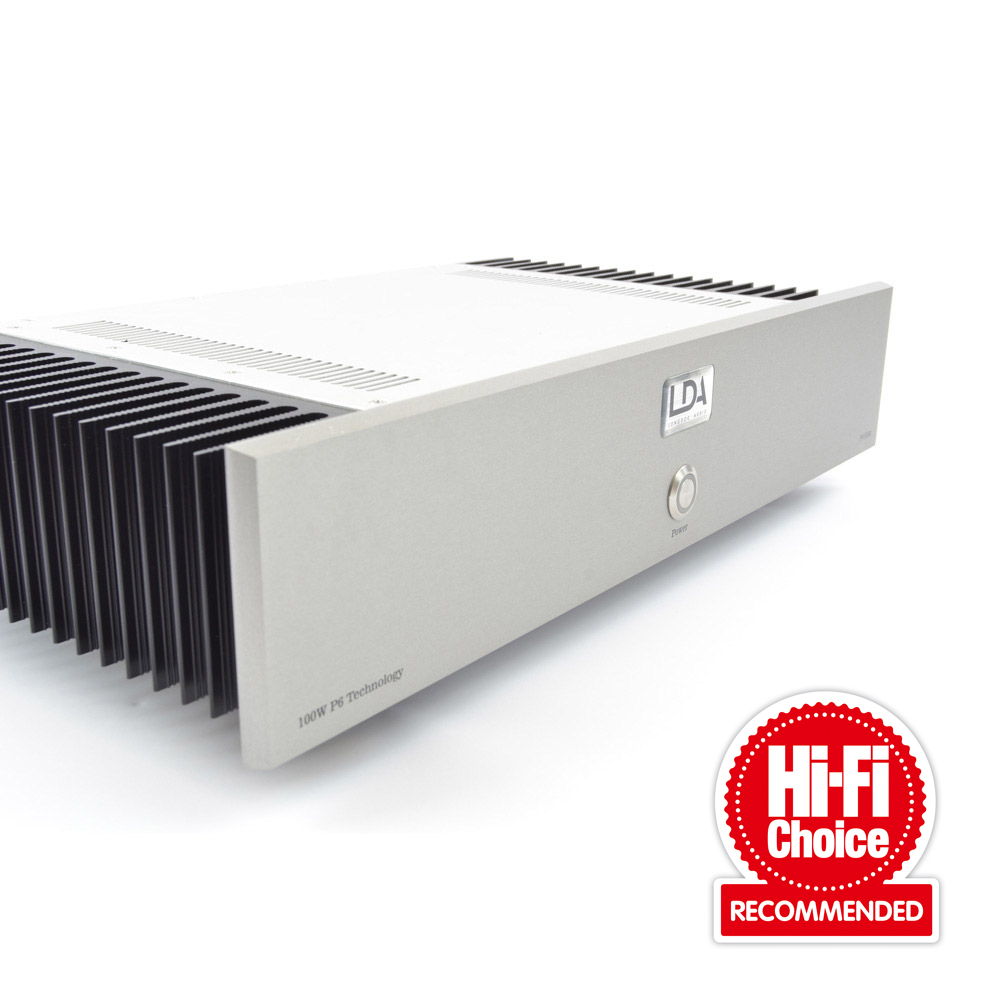
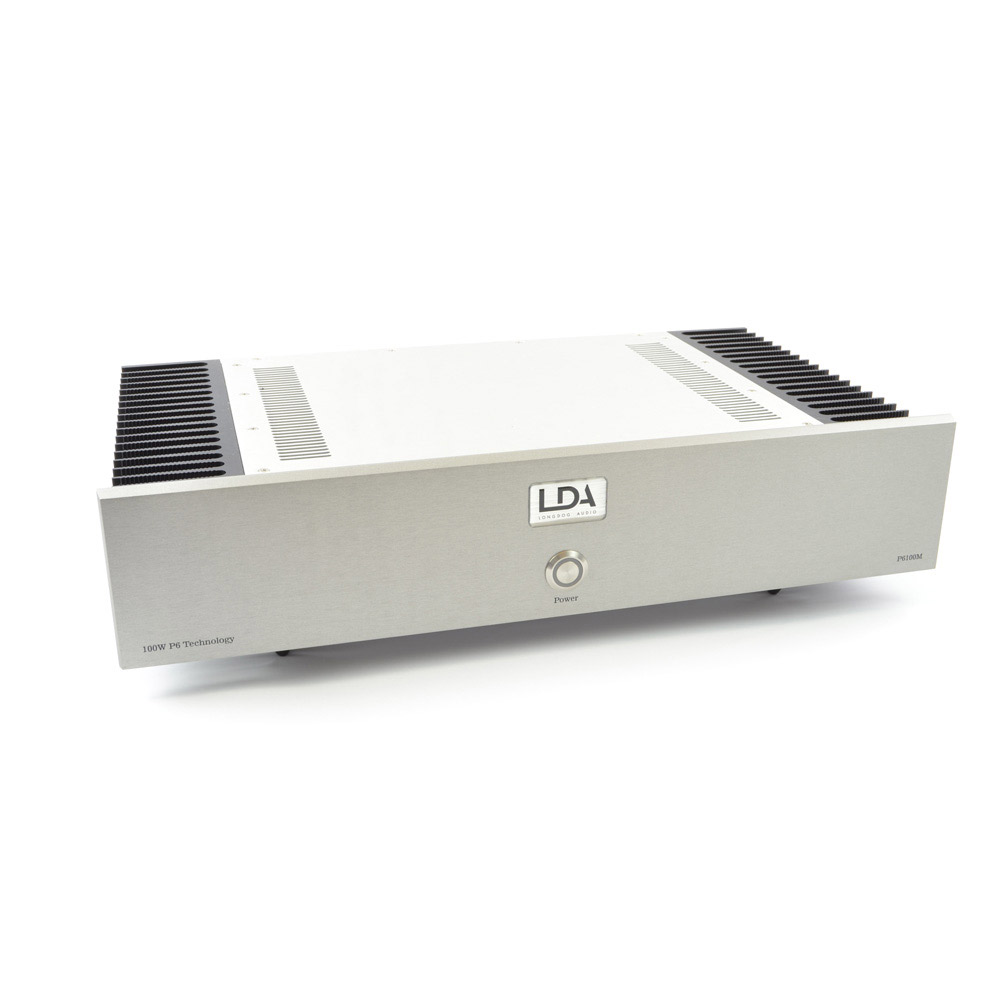
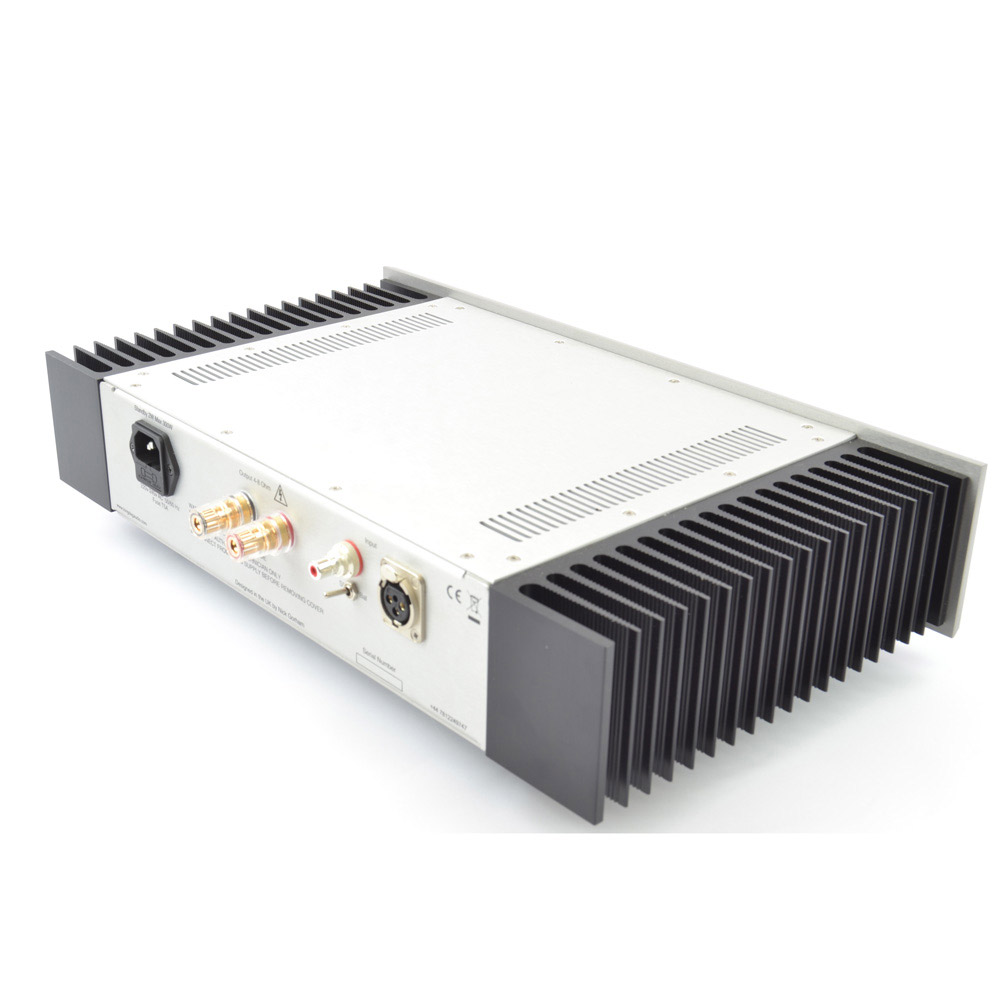
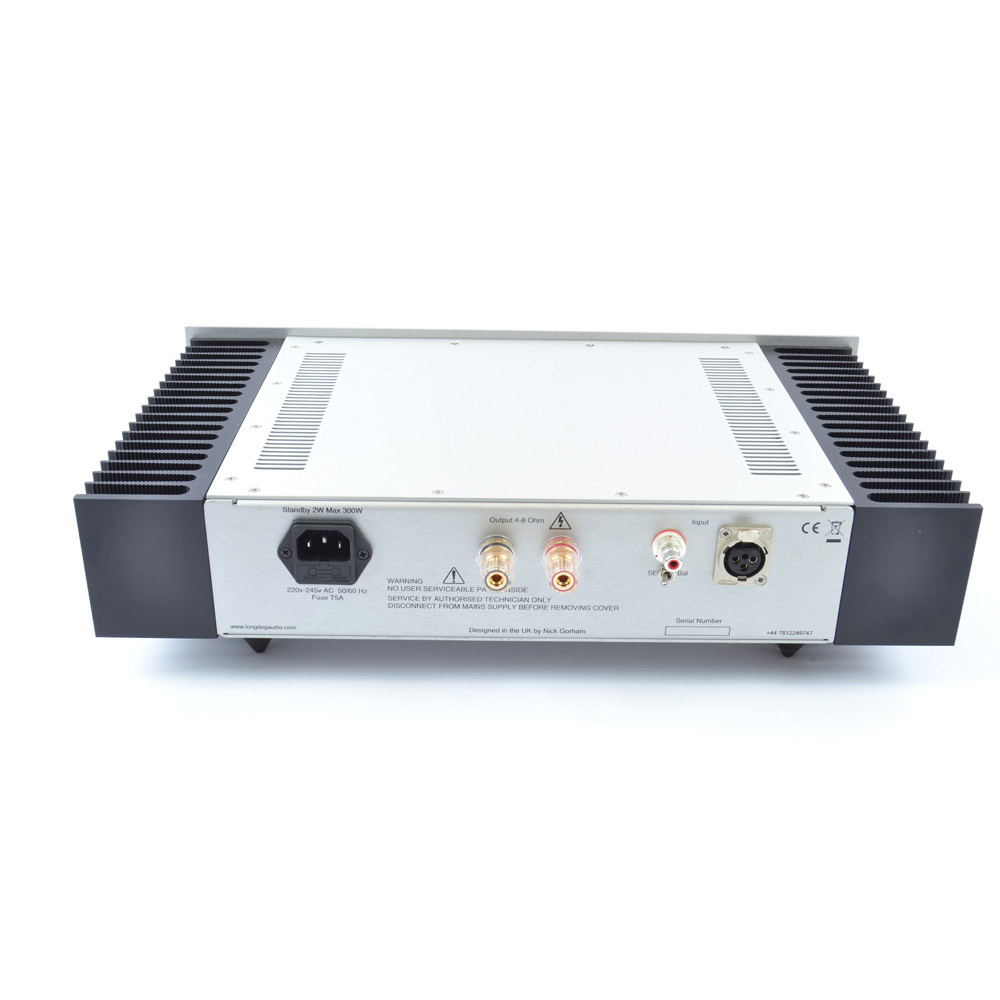




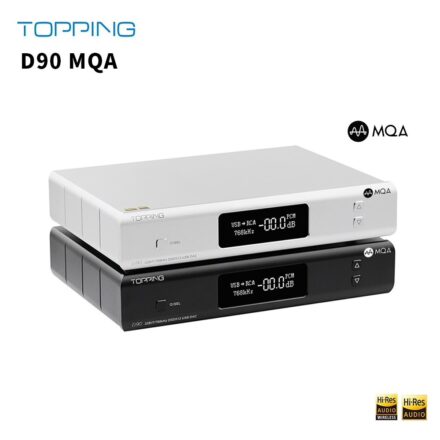










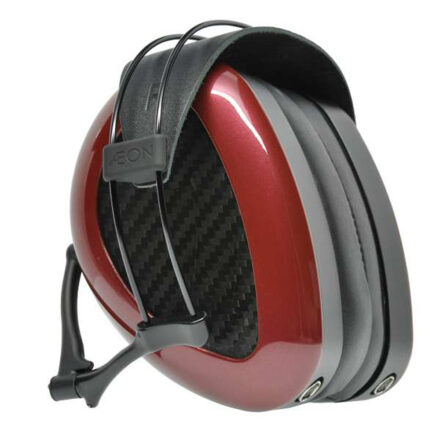



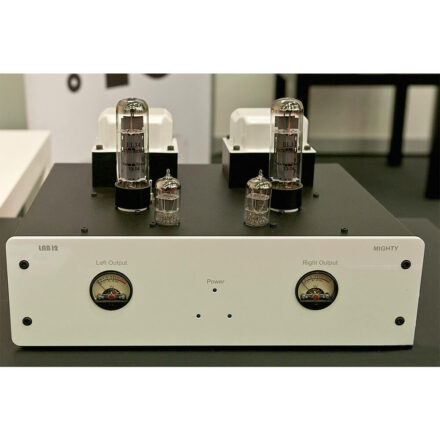

















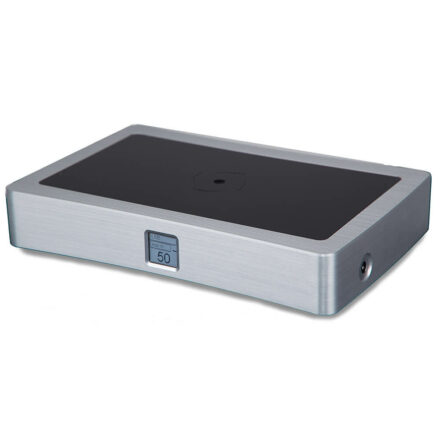




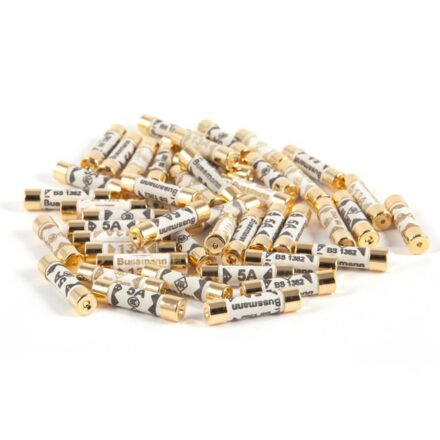











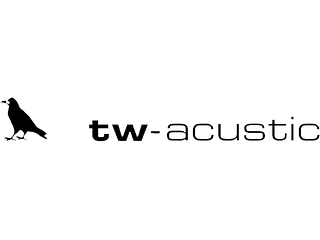







Reviews
There are no reviews yet.